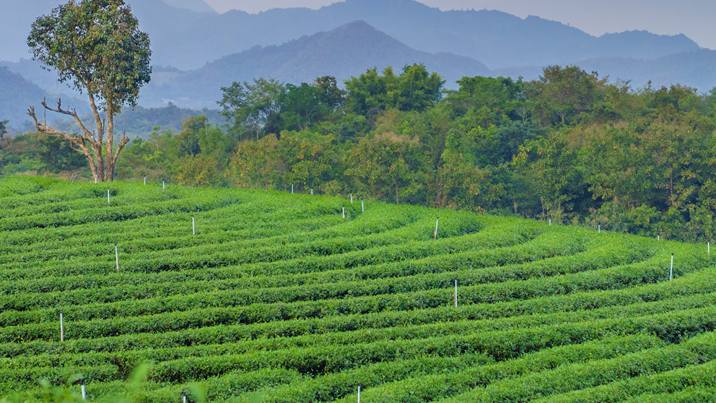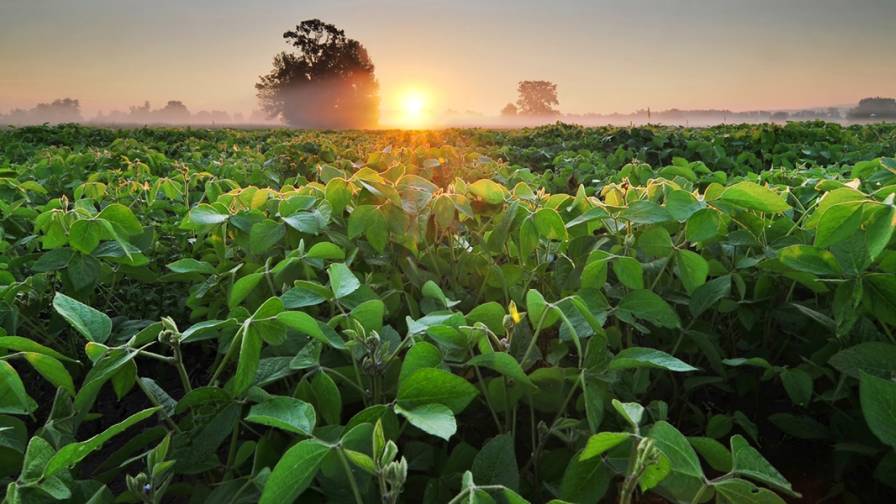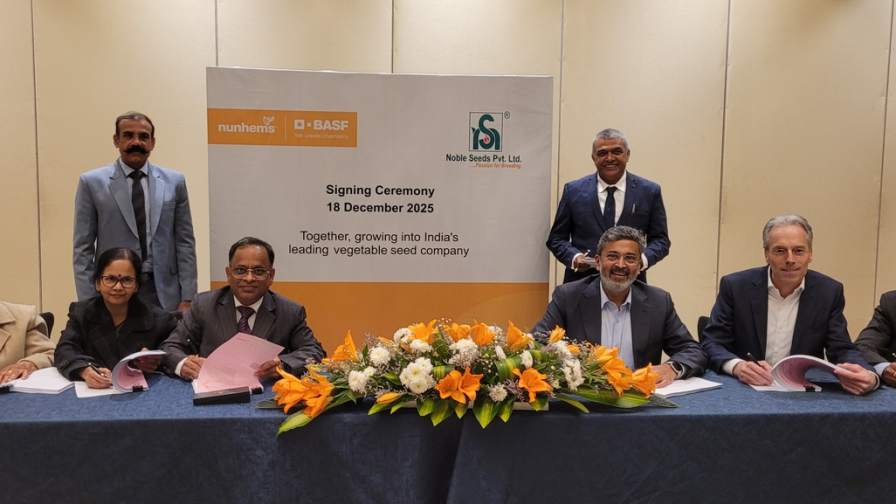Middle East/North Africa: Focus On Production
The Middle East and North Africa region present a litany of challenges, including access to arable land and water scarcity, but it is rich in opportunities for crop protection as well, as more companies are developing joint partnerships and cooperatives that help deliver crop inputs to farmers around the region.
What the region lacks in natural prosperity, it makes up for with cropping sophistication and an elaborate distribution network that often includes robust farmer consultation and education services.
The region has bolstered its row crop production and is diverse in specialty crops, but the crucial factor that influences the region’s agriculture policies is its strong trade relationships with Europe, and subsequently the EU.
This export reality for the region means that many countries, including Morocco, Tunisia and Egypt, typically clone EU registration requirements for field trials, data requirements, residues and pesticide usage. And the region’s slow adoption of biotechnology is largely attributed to Europe’s refusal to accept it.
<
Tunisia, for example, has established a notable organic farming system to benefit from the demand of its northern neighbors. This niche, though averse to modern agriculture, gives rise to market opportunities for biopesticides and other organic inputs. The country reserves more than 300,000 hectares for organic farming and produces almost 200,000 tonnes of olives, dates, jojoba, almonds, fruits, vegetables, honey and aromatic and medicinal plants. Recently, the country agreed to extend a pilot project implemented in the cereals sector, conducted jointly by the agricultural organization and the National Institute of Agronomic Research in Tunis, in coordination with the National Institute of the major crops, livestock sectors, the arbor sector, olive cultivation, organic farming and geothermal energy.
Investment And Production
Government-subsidized large-scale mechanization of production has transformed Saudi Arabia into a major wheat and alfalfa producer during the past 20 years. Center pivot irrigation has provided the country a means to make its arid land productive, and the government — like many governments — is urging expansion to meet the needs of a growing population.
The director-general of the Arab Organization for Agricultural Development, Tariq Bin Mousa Al Zedgali, said in a recent statement that the Arab world must invest more than $100 billion in agriculture during the next 20 years to meet food demand for the population. As in many parts of the world, Al Zedgali stressed that the private sector must provide half of this investment; otherwise, the Arab will would face a food gap of $71 billion by 2030.
Part of that private investment is aimed at infrastructure and access to crop inputs. A new $1-million venture between Philippine-owned agricultural company AgriNurture and Far Eastern Agricultural Investment Co. of Saudi Arabia will establish new commercial plantations and processing centers in the Philippines. The land will be used for huge food crop plantations and processing plants in the Philippines, thereby improving the region’s access to food. The agreement will establish 50,000 hectares total for pineapple, banana, rice and corn, which will be used for local consumption and export to Kingdom of Saudi Arabia.
The mix of government subsidies and private investment is helping to bolster production throughout the region. The Food and Agriculture Organization (FAO) of the United Nations said that it expects Iraq to double its wheat production this year, reaching as much as 2 million tonnes in 2010.
In Iran, estimates predict a significant rise in wheat production compared to the previous growing year. In 2008/09, wheat production plunged by a third following the drought of 2008, but better rainfall for the rain-fed north makes the outlook for 2009/10 far better. The Iranian grain sector is highly regulated. Producers receive subsidized access to input costs such as fertilizer and pesticides, as well as a guaranteed support price for their crops. But these subsidies can also have a negative effect. The considerable investment in input support also allows inefficient farmers to continue producing wheat when other activities would have been a better use of capital and labor. This has inhibited the development of larger, more efficient farms and drained funds that could have been used to further boost infrastructure, such as irrigation.
The harmonization of funding is a major challenge for the region, partly why the Arab Organization for Agriculture Development was created. Al Zedgali says the region has “an annual food security gap of between $27 and $29 billion,” prompting the organization to spearhead land purchases outside the region, including in Africa. These so-called colonial farms could improve demand for crop protection products as large-scale operations emerge in traditionally subsistence-farming markets.






